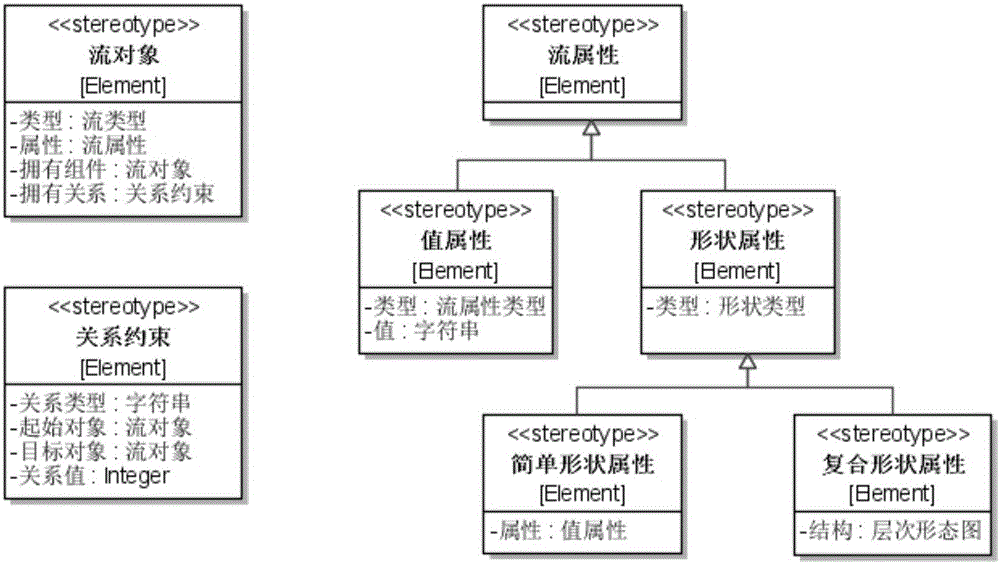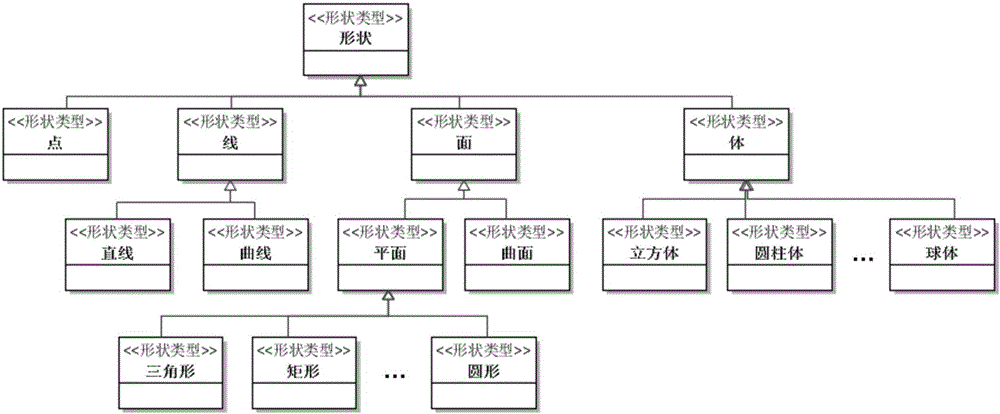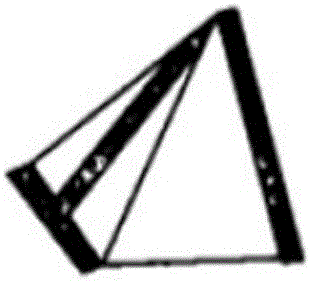Material form change functional decomposition method based on flow semantic
A technology of shape change and functional decomposition, applied in special data processing applications, instruments, electrical digital data processing, etc., can solve the problem of ignoring the detailed attributes of material flow, inconvenient knowledge sharing and reuse by designers, and non-standard modeling of functional representation methods, etc. problem, to achieve the effect of being easy to solve directly
- Summary
- Abstract
- Description
- Claims
- Application Information
AI Technical Summary
Problems solved by technology
Method used
Image
Examples
Embodiment Construction
[0042] The present invention provides a material form change function decomposition method based on flow semantics, which roughly includes the following steps:
[0043]First, according to the semantic characteristics of the input and output material flow that needs to be described, the core attributes are extracted, and based on the SysML meta-model, a knowledge base of common modeling elements such as the material shape type model library and the material attribute type model library is established . The modeling of the metamodel should conform to the language or metamodel specification defined by the Object Management Organization (OMG), use the defined metamodel to create a functional model, and specify all input forms and output forms of the function. Give detailed type and attribute value definition for each input form or output form. Relying on the modeling elements of functional semantics / flow semantic ontology to assist the designer to express the functional intent an...
PUM
 Login to View More
Login to View More Abstract
Description
Claims
Application Information
 Login to View More
Login to View More - R&D
- Intellectual Property
- Life Sciences
- Materials
- Tech Scout
- Unparalleled Data Quality
- Higher Quality Content
- 60% Fewer Hallucinations
Browse by: Latest US Patents, China's latest patents, Technical Efficacy Thesaurus, Application Domain, Technology Topic, Popular Technical Reports.
© 2025 PatSnap. All rights reserved.Legal|Privacy policy|Modern Slavery Act Transparency Statement|Sitemap|About US| Contact US: help@patsnap.com



